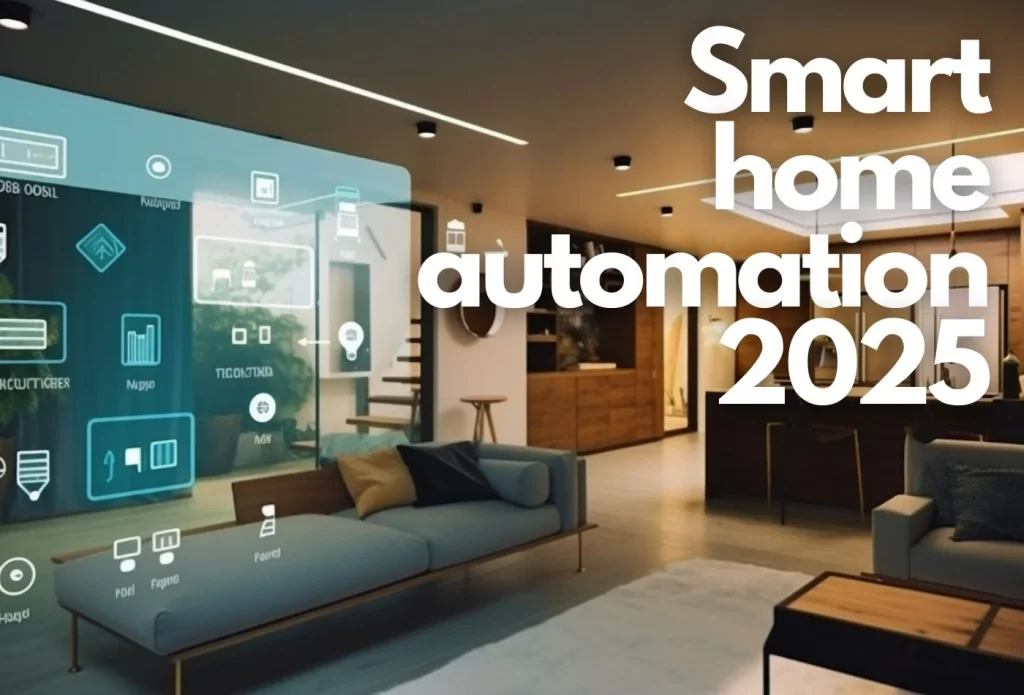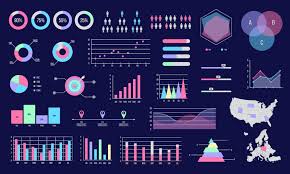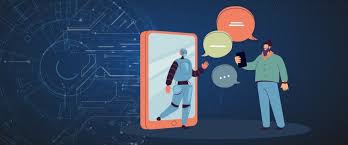
Welcome to the future—where your home doesn’t just respond to commands but thinks for you. In 2025, smarter homes will become the norm rather than the exception, thanks to the rise of AI-powered devices that learn, adapt, and evolve with your lifestyle.
Recent projections show that the global smart home market is expected to reach $222 billion by the end of 2025, driven primarily by AI integration across devices—from thermostats to kitchen assistants. If you’re curious about how AI is reshaping daily living, this article will guide you through the top smart home trends for 2025, must-know devices, their benefits, and what to look out for in this intelligent evolution.
Let’s dive into the world of smarter homes and explore how artificial intelligence is changing the way we live.
1. The Rise of AI in Smart Homes
Not long ago, “smart homes” simply meant voice-controlled lighting or scheduled thermostats. Fast-forward to 2025, and we now have AI-powered ecosystems that understand human behavior, anticipate needs, and operate autonomously.
Unlike traditional smart devices that rely on user input or fixed schedules, AI home automation is built on machine learning and real-time data. Your AI assistant doesn’t just follow orders—it learns your preferences, adapts to your routines, and even suggests actions you hadn’t considered.
Benefits of AI-Powered Smart Homes:
- Personalization: AI systems fine-tune settings based on your habits.
- Automation: Tasks like locking doors, adjusting lights, or managing appliances happen without manual input.
- Efficiency: AI reduces energy waste by understanding usage patterns.
Whether it’s optimizing power consumption or preheating your oven when you’re almost home, artificial intelligence in homes is turning automation into true intelligence.
2. Must-Know AI-Powered Devices in 2025
Let’s explore the game-changing AI home devices in 2025 that are taking smart living to new heights.
a. Smart Assistants (Beyond Alexa & Google Home)
Say hello to next-gen smart assistants that go far beyond basic voice commands. In 2025:
- Assistants offer multilingual support and contextual understanding.
- Devices like Anthro AI recognize emotional cues and adjust responses accordingly.
- They proactively suggest actions like booking appointments or managing reminders based on your behavior.
b. AI-Driven Smart Thermostats
Thermostats have become self-aware—they:
- Predict energy needs based on weather forecasts, user routines, and occupancy.
- Learn your comfort preferences and optimize HVAC systems for energy efficiency.
c. AI-Powered Home Security Systems
Modern security systems are more like digital guardians:
- They use facial recognition and behavioral pattern detection to identify unusual activity.
- Alerts now come with AI-generated suggestions—call emergency services or dismiss based on learned behavior.
- Integration with community safety networks enhances protection.
d. Robotic AI Housekeepers
Cleaning bots? Think again. 2025’s robotic assistants can:
- Navigate homes with advanced 3D mapping.
- Mop, vacuum, and even load laundry.
- Some, like ChefBot, assist in food prep or follow spoken cooking instructions using natural language processing.
e. AI-Integrated Smart Kitchens
Your kitchen now thinks like a chef:
- Smart refrigerators track food expiry and recommend meals based on available ingredients.
- AI meal planners align with dietary needs and automatically reorder groceries.
- Voice-controlled ovens and blenders adjust settings based on recipe recognition.
f. Health-Focused AI Devices
Health tech has made its way into home environments:
- Air quality monitors adjust ventilation and alert users in real time.
- Sleep trackers and mood lighting improve rest and reduce stress.
- Devices monitor posture and guide wellness routines through real-time feedback.
Want to see how AI is transforming lives beyond homes? Don’t miss this:
🔗 AI in Everyday Life: 10 Apps You Didn’t Know Were AI-Powered
3. Integration Platforms & Ecosystems
What ties all of these devices together? Smart home platforms like:
- Apple HomeKit
- Samsung SmartThings
- The universal Matter protocol, ensuring devices from different brands work together seamlessly.
In 2025, interoperability is no longer a luxury—it’s a necessity. Homeowners expect their smart oven, lights, and speakers to communicate effortlessly.
Alongside convenience, smart home privacy has become a central focus. These platforms now include:
- End-to-end encryption
- Local data processing
- Transparent AI decision-making models
4. Benefits of Smarter Homes in 2025
Here’s why making the AI leap is worth it:
✅ Energy Efficiency & Cost Savings
AI reduces energy bills by learning usage patterns and optimizing appliance activity.
✅ Accessibility
Voice-guided, gesture-controlled devices support individuals with mobility or vision challenges.
✅ Comfort & Personalization
Whether it’s the lighting that adjusts to your mood or music that matches your time of day, AI home efficiency brings a uniquely personal touch to every room.
5. Challenges and Considerations
Of course, smarter homes come with their own set of challenges:
⚠️ Data Privacy & Cybersecurity
With great power comes great responsibility. Your smart home collects a lot of data—protecting it is key. Choose devices with:
- On-device AI processing
- Transparent data policies
- Regular firmware and security updates
💰 Cost of Implementation
Initial costs can be high. However, long-term savings on energy and security often offset the investment.
🌐 Connectivity Dependence
A cloud outage could mean a “dumb” smart home. Local fallback systems and edge AI help reduce this risk.
6. Future Trends to Watch
Looking ahead, here are the smart home trends of the future you don’t want to miss:
- Voice + Gesture Controls: Multi-modal interfaces are replacing traditional apps.
- Emotional AI Companions: Devices that detect mood and provide emotional support.
- Sustainability-Focused Devices: Energy scoring, waste detection, and eco-certifications will guide product choices.
- Generative AI for Automation: Homes that create routines based on real-time lifestyle data.
Curious how AI is revolutionizing healthcare too?
📘 AI in Health: How Chatbots Are Assisting Doctors in 2025
7. Conclusion
Smarter homes in 2025 are no longer futuristic—they’re already here. With AI-powered devices that anticipate, adapt, and evolve with you, your home becomes an extension of your lifestyle.
From energy-efficient kitchens to AI-driven security and wellness technology, the possibilities are expanding rapidly. As always, choose technology that aligns with your needs—prioritizing privacy, interoperability, and long-term value.
Ready to upgrade your living space? The smarter home you’ve been dreaming of is just a few AI-powered decisions away.
Stay connected with us on HERE AND NOW AI & on:

